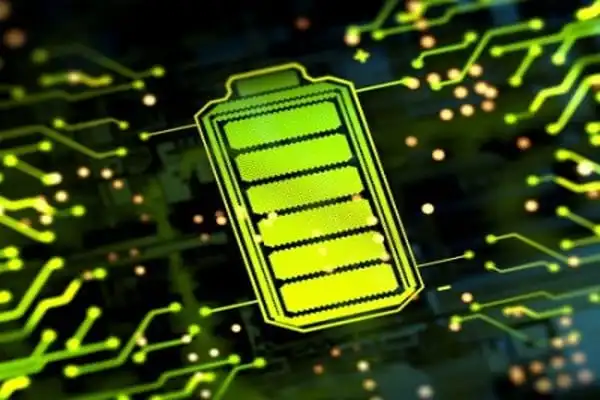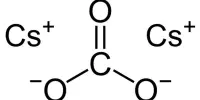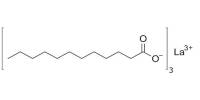Electrolysis can be catalyzed by nickel-cobalt metal dimers on nitrogen-doped carbon in both acidic and basic conditions. Because of the finite supply of fossil fuels and the ever-increasing threat of climate change, researchers have been encouraged to develop alternative technologies for producing eco-friendly fuels. Green hydrogen, which is produced by the electrolysis of water with renewable electricity, is regarded as a future-generation renewable energy source. However, due to the high cost of electrolysis, the vast majority of hydrogen fuel is obtained through the refining of fossil fuels.
Due to a lack of efficient electrocatalysts for hydrogen evolution reactions, the efficiency of water electrolysis is currently limited and frequently necessitates high cell voltage. Platinum (Pt) and other noble metals are used as catalysts to improve hydrogen generation in both acidic and alkaline media. However, these noble metal catalysts are very expensive and have poor long-term stability.
Recently, single-atom catalysts have demonstrated superior activity when compared to nanomaterial-based counterparts. This is due to the fact that they can achieve up to 100 percent atom utilization, whereas nanoparticles only have the surface atoms available for reaction. However, due to the simplicity of the single-metal-atom center, modifying the catalysts to perform complex multistep reactions is difficult.
We created a Ni-Co single atom dimer structure on nitrogen (N)-doped carbon support by trapping Ni/Co ions in a polydopamine sphere and then pyrolyzing it with precisely controlled N-coordination. We used cutting-edge transmission electron microscopy and x-ray absorption spectroscopy to identify these NiCo-SAD sites with atomic precision.
Ashwani Kumar.
The simplest way to modify single atoms is to combine them into single-atom dimers, which are made up of two different single atoms. Because of the synergistic effect of two different atoms, tuning the active site of single-atom catalysts with dimers can improve reaction kinetics. While the synthesis and identification of the single-atom dimer structure are conceptually known, their practical realization has been extremely difficult.
This issue was addressed by a research team led by Associate Director LEE Hyoyoung of the Center for Integrated Nanostructure Physics at Sungkyunkwan University’s Institute for Basic Science (IBS). The IBS research team successfully developed NiCo-SAD-NC, an atomically dispersed Ni-Co dimer structure stabilized on a nitrogen-doped carbon support.
“We created a Ni-Co single atom dimer structure on nitrogen (N)-doped carbon support by trapping Ni/Co ions in a polydopamine sphere and then pyrolyzing it with precisely controlled N-coordination. We used cutting-edge transmission electron microscopy and x-ray absorption spectroscopy to identify these NiCo-SAD sites with atomic precision” says Ashwani Kumar, the study’s first author.

The researchers discovered that annealing for two hours at 800°C in an argon atmosphere produced the best dimer structure. Other single atom dimers, such as CoMn and CoFe, could also be synthesized using the same method, demonstrating the strategy’s generality.
The research team assessed the new system’s catalytic efficiency in terms of the overpotential required to drive the hydrogen evolution reaction. In acidic and alkaline media, the NiCo-SAD-NC electrocatalyst had a comparable level of overvoltage as commercial Pt-based catalysts. In alkaline media, NiCo-SAD-NC demonstrated 8 times the activity of Ni/Co single-atom catalysts and heterogeneous NiCo nanoparticles. At the same time, it achieved 17 and 11 times higher activity in acidic media than Co and Ni single-atom catalysts, respectively, and 13 times higher activity than conventional Ni/Co nanoparticles.
Furthermore, the researchers demonstrated the long-term stability of the new catalyst, which was able to drive the reaction for 50 hours without any structural changes. Based on the density functional theory simulation, the NiCo-SAD demonstrated superior water dissociation and optimal proton adsorption compared to other single-atom dimers and Ni/Co single-atom sites, increasing the activity of the pH-universal catalyst.
“We were ecstatic to discover that the novel NiCo-SAD structure dissociates water molecules with a much lower energy barrier and accelerates hydrogen evolution reactions in both alkaline and acidic media with performance comparable to Pt, addressing the shortcomings of individual Ni and Co single-atom catalysts. The synthesis of such single-atom dimer structures has long been a challenge in the field of single-atom catalysts “Associate Director Lee, the study’s corresponding author, elaborates.
He goes on to say, “This research brings us one step closer to a carbon-free and environmentally friendly hydrogen economy. This highly efficient and low-cost hydrogen generation electrocatalyst will assist us in overcoming the long-term challenges of cost-competitive green hydrogen production: producing high-purity hydrogen for commercial applications at a low cost and in an environmentally friendly manner.”
















